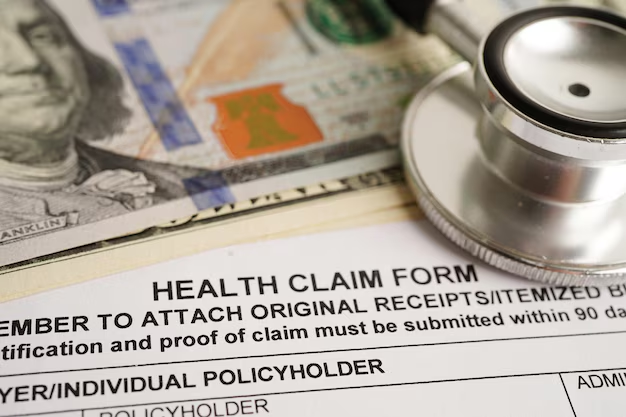Discover Effective Ways to Eliminate Medical Debt
Facing a mountain of medical bills can be overwhelming, but relief is possible if you take strategic steps towards managing and reducing your medical debt. The key is to be proactive and informed about the resources available to you. From negotiating with providers to exploring government aid programs, there are several ways you can tackle medical debt effectively.
1. Review and Verify Medical Bills
The first step to managing medical debt is ensuring that the charges are accurate. Errors are surprisingly common, so it’s important to review every bill carefully. Contact the billing department for any clarification or to dispute inaccuracies. Make sure your insurance has processed each claim correctly and that you haven’t been overcharged.
2. Negotiate with Healthcare Providers
Once your bills are verified, consider negotiating your medical bills. Hospitals and clinics might offer discounts or payment plans if you express the financial burden the debt represents. Ask if they have charity care programs or sliding scale fees based on your income level.
3. Explore Financial Assistance Programs
There are multiple government and nonprofit programs designed to provide relief from medical debt. Medicaid, for instance, might cover past medical expenses if you qualify. Additionally, some states and local governments offer programs specifically tailored to help individuals and families deal with high medical debts.
4. Seek Debt Relief Options
If negotiation and assistance programs don’t cover all of your debt, you might consider professional debt relief services. Debt consolidation can combine all your medical (and potentially other debts) into a single, more manageable payment with a lower interest rate. Alternatively, look into medical debt relief companies that specialize in negotiating settlements on your behalf.
5. Utilize Credit Card Solutions Wisely
If paying off medical debt over time is feasible, using a credit card with a low interest rate could be a viable option. Some offer interest-free periods as promotional offers, allowing you to pay off debt without accruing further charges. However, use this method cautiously to avoid swapping one debt for another with higher interest.
6. Look into Educational Grants and Scholarships
Particularly for students or those seeking new career opportunities, educational grants and scholarships might provide indirect financial relief. While they won’t cover medical expenses directly, reducing educational costs can help reallocate your budget towards medical debt repayment.
Approaching medical debt with a strategic mindset and leveraging available resources can create a path to financial freedom. Whether you decide to negotiate, seek aid, or restructure your debt, what's essential is taking informed steps toward reducing the financial burden.
Financial Assistance and Relief Options:
- 🔍 Verify and Dispute Bills: Review every charge for accuracy.
- 📞 Negotiate with Providers: Ask about discounts, payment plans, or financial aid.
- 🛡️ Government Programs: Check eligibility for Medicaid or state-specific aid.
- 💼 Debt Relief Services: Consider debt consolidation or settlement assistance.
- 💳 Low-Interest Credit Cards: Use judiciously to manage repayment.
- 🎓 Educational Grants and Scholarships: Offload educational costs to reallocate finances.
By tapping into these resources, you're not just overcoming debt but also empowering yourself for a more secure financial future.

- Does Medical Debt Affect Your Credit Score
- Does Medical Debt Affect Credit Score
- What To Do About Medical Debt Reddit
- Can Medical Debt Garnish Wages
- How Much Medical Debt In Us
- How To Get Medical Debt Off Credit Report
- How To Get Rid Of Medical Debt
- Can Medical Debt Affect Your Credit Score
- Can Medical Debt Go To Collections
- How Long Does Medical Debt Stay On Your Credit